Dracaena Fragrans Cintho – Multi Stem
£39.95 Original price was: £39.95.£27.97Current price is: £27.97.
- Shop with ease, buy with confidence.
- Shop with Ease
- Buy quality, buy with us.
- Protect Your Wallet with Safe Payments

A tall, broad-leafed Dracaena, similar to Dracaena Burley in colouring, but with less regular markings. The lovely strong, yellow stripe along the leaf centre looks like it has been applied with a paint brush, with delightful streaks and missing segments.
The multi-stem version is a unique look that gives height and tiered levels of foliage.
It is a tough and resilient specimen and will tolerate some shade as well as helping to clean the air of toxins. It’s full technical Latin name is Dracaena fragrans steudneri ‘Cintho’.
Dracaena fragrans Cintho – Multi Stems Care & Info Guide
Horty Hints
Manage and maintain! Inconsistent levels of water, temperature and light can damage some leaves beyond repair. Thankfully these can be torn in half lengthways and pulled out.
Wipe leaves with a damp cloth to remove accumulated dust. Avoid using leaf shine as this may damage the leaves.
Too dry for too long! Not watering often enough will cause the tips to turn brown. If you are watering often, the issue is the humidity. Time to start spraying.

Light
Dracaena Cintho prefers medium to bright light but, like most Dracaena, can tolerate a vast range of light levels, including partial shade. The darker the plant’s leaf, the more shade it can tolerate.

Watering
Water when the soil starts to dry-out at the top, water well and allow to drain thoroughly. Dracaena are relatively drought tolerant. Do not overwater as this will cause the leaf tips to blacken.

Temperature
The Cintho does best in average household temperatures: between 16-24°C, but can cope with as low as 12°C for short periods.

Humidity
Dracaena are hardy houseplants and will do well in normal room humidity, however they do prefer higher humidity and will benefit from occasional misting.

Feed
Apply a weak dose of a fertiliser once or twice a month during the growing season.

Height & Growth Rate
Fragrans steudneri Cintho is a slow-growing plant which typically reaches a height of 2 to 2.5 metres once fully grown.

Toxicity
The sap of the Dracaena Cintho is toxic to animals. It is not considered poisonous to humans but should not be ingested.

Air Purifying
This plant filters airborne toxins such as benzene and formaldehyde, and is part of our clean air plant collection.

Origin
Like most Dracaena, the fragrans steudneri ‘Cintho’ originates from tropical Africa.
| SIZE: Pot Diameter x Total Height | 19 x 100cm (2 stems) |
|---|
Be the first to review “Dracaena Fragrans Cintho – Multi Stem” Cancel reply
Related products
HOUSEPLANT STYLES
HOUSEPLANT STYLES
HOUSEPLANT STYLES
HOUSEPLANT STYLES
HOUSEPLANT STYLES
HOUSEPLANT STYLES
HOUSEPLANT STYLES
HOUSEPLANT STYLES

















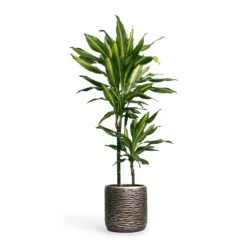





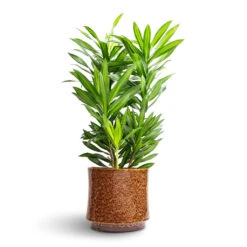
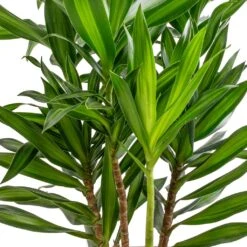
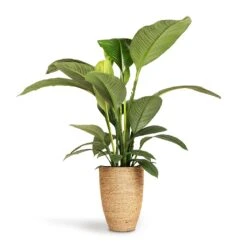


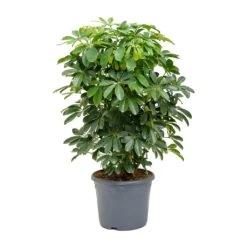

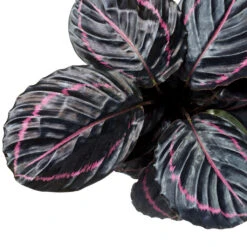
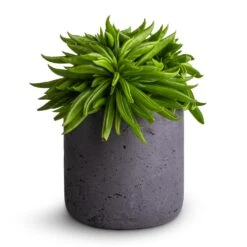
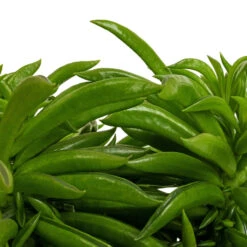
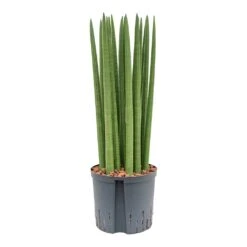


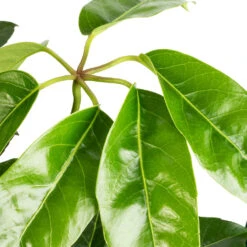
Reviews
There are no reviews yet.